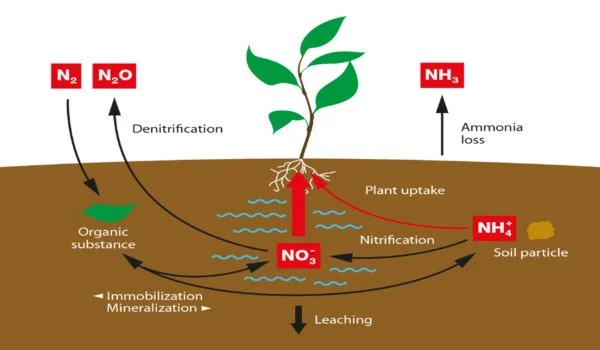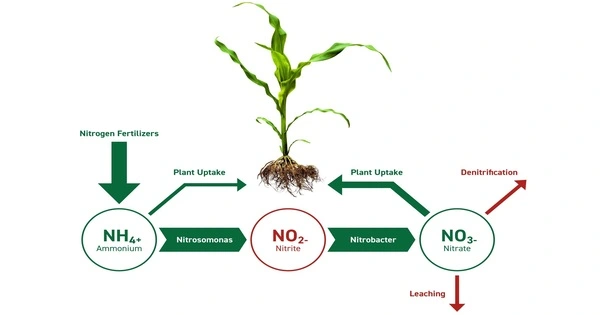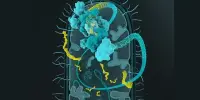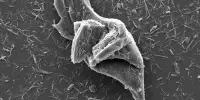Chlorophyll is essential for photosynthesis, which is why plants have evolved to contain large levels of it in their leaves. However, producing this pigment is costly since plants devote a considerable percentage of their available nitrogen to chlorophyll and the specific proteins that bind it. As a result, nitrogen becomes unavailable for other activities. In a new study, researchers decreased chlorophyll levels in leaves to test if the plant would use the nitrogen saved to boost nutritional quality through other processes.
Researchers have worked for decades to enhance agricultural output in order to fulfill global food demand. One of their most difficult tasks has been to improve the photosynthetic efficiency of agricultural crops.
When light strikes a leaf, one of three things can happen: the light can be absorbed for photosynthesis, reflected back into the atmosphere, or passed through the leaf. Unfortunately, even though a completely green leaf absorbs more than 90% of the light it receives, it does not employ all of it for photosynthesis.
We discovered that even when chlorophyll synthesis was reduced by 70%, there was no inhibition of growth. Although we had theoretically predicted this result, observing these pale green or yellow plants growing normally was astonishing, considering that such discoloration typically indicates plant illness.
Young Cho
“We grow our crop plants at very high densities. As a result, although the leaves at the top of the canopy have more light, they cannot use it all and the layer below is light starved,” said Don Ort (GEGC leader/CABBI/BSD), a professor of integrative biology. “Our rationale was to reduce the amount of chlorophyll at the top of the canopy so more light can penetrate and be used more efficiently lower in the canopy.”
In the current study, researchers modified tobacco plants to produce less chlorophyll as the crop canopy grew denser.
“Previous models have shown that if you have lower chlorophyll levels before you have a dense canopy, it is detrimental to plant growth,” Ort went on to say. “We wanted to take plants that have full canopies and ensure that the new leaves that are added on top have lower chlorophyll levels.”
To accomplish this, the researchers utilized short RNAs that interfere with critical processes in chlorophyll synthesis. The synthesis of these tiny RNAs was controlled by an inducible promoter, which is a portion of DNA that responds to a certain signal and leads the cell to produce RNA.

The study employed an ethanol-inducible promoter. When they sprayed the leaves with ethanol, the generated short RNAs inhibited chlorophyll synthesis, resulting in a lighter green canopy.
“We discovered that even when chlorophyll synthesis was reduced by 70%, there was no inhibition of growth,” said Young Cho, a postdoctoral researcher in the Ort lab and the study’s primary author. “Although we had theoretically predicted this result, observing these pale green or yellow plants growing normally was astonishing, considering that such discoloration typically indicates plant illness.”
The researchers had also hypothesized that decreasing the amount of chlorophyll would influence other aspects of plant growth because it would free up the nitrogen that was being invested into making the pigment and associated proteins. They were proven right when they saw that the seed nitrogen concentration was 17% higher in the plants in which the ethanol-inducible promoter controlling the interfering small RNAs was activated.
“We had also expected an increase in yield because as you get more light into the canopy, you would expect it to be used more efficiently,” Ort said. “However, we didn’t detect an increase, which probably means that the plants did not invest enough of the extra nitrogen to improve the photosynthetic capacity in the lower parts of the canopy. This result gives us another engineering target.”
In their next work, the researchers will see if they can achieve similar outcomes using light-inducible promoters, which farmers will find easier to employ. “Ethanol-inducible promoters are extremely useful and valuable research tools. However, farmers will not want to spray an entire field with ethanol, so we need to look for different promoters that respond to the intensity or color of light,” Ort added.
















